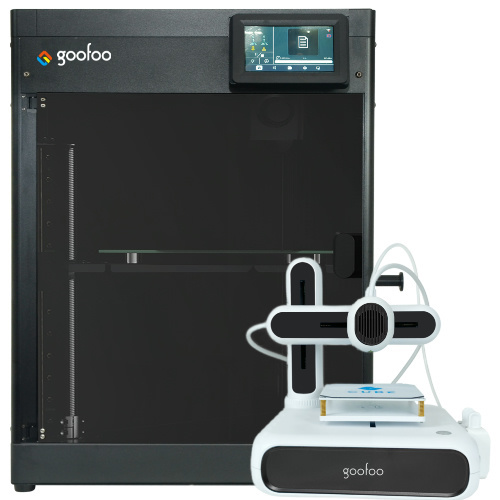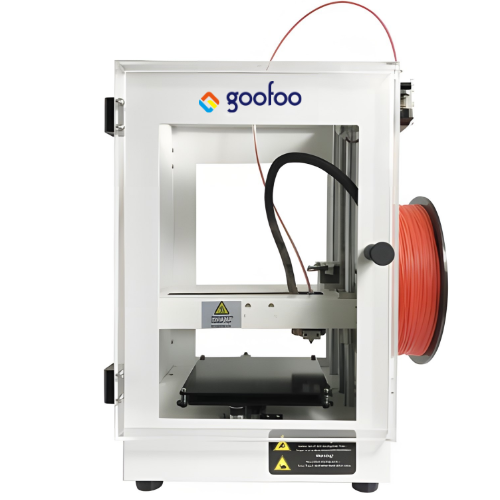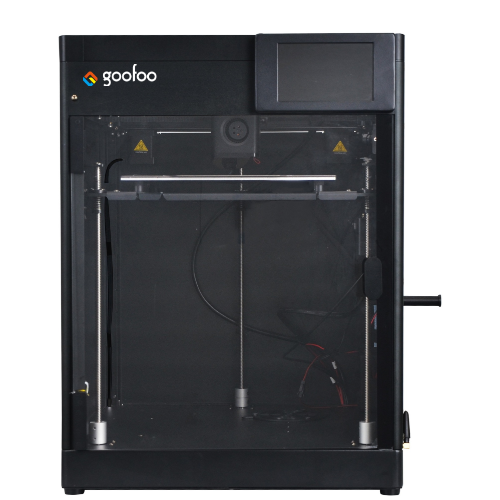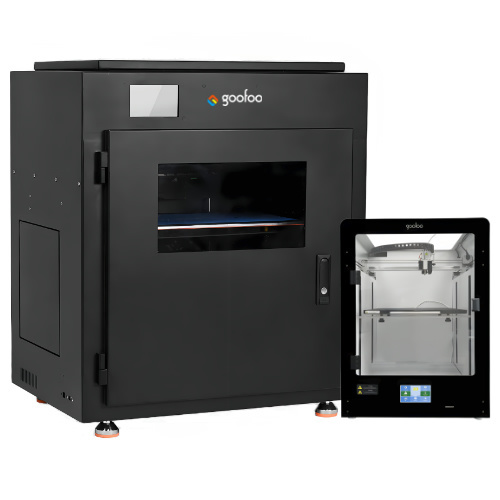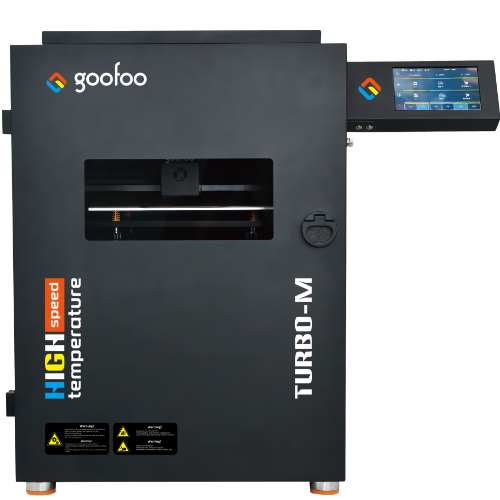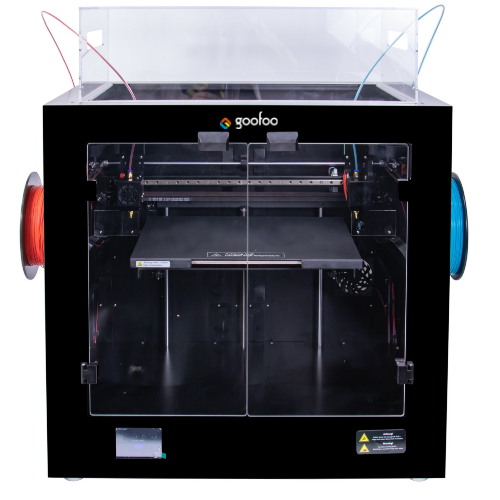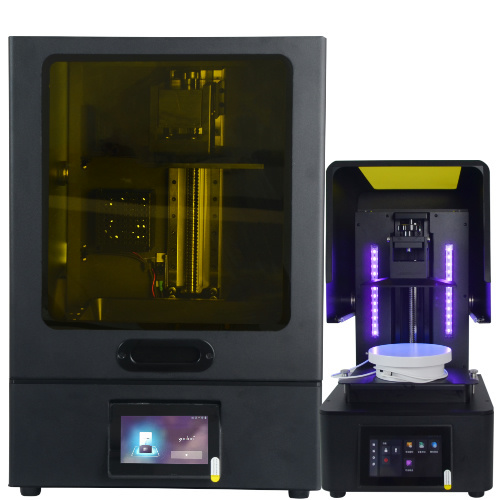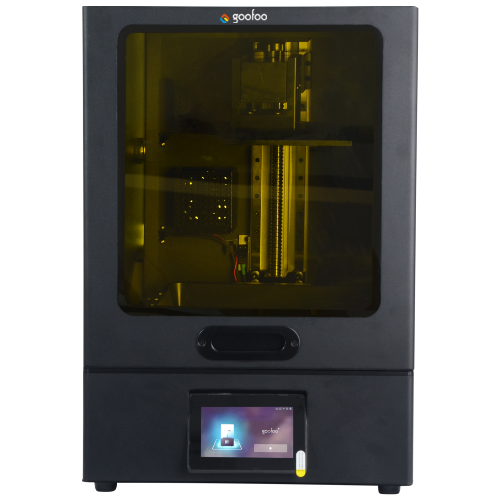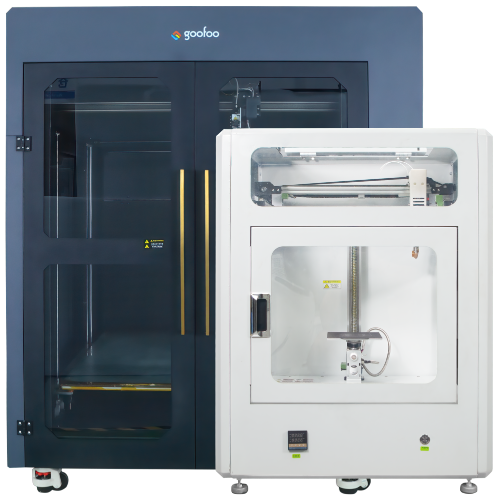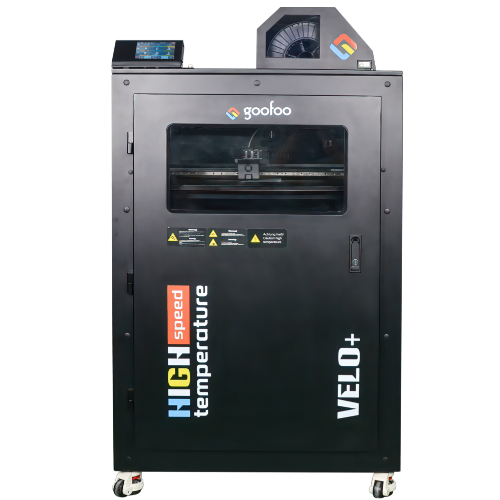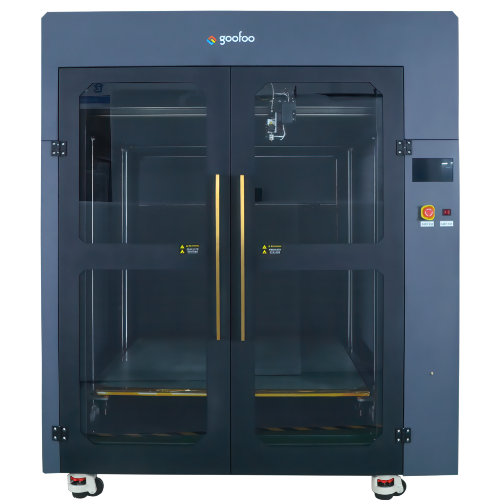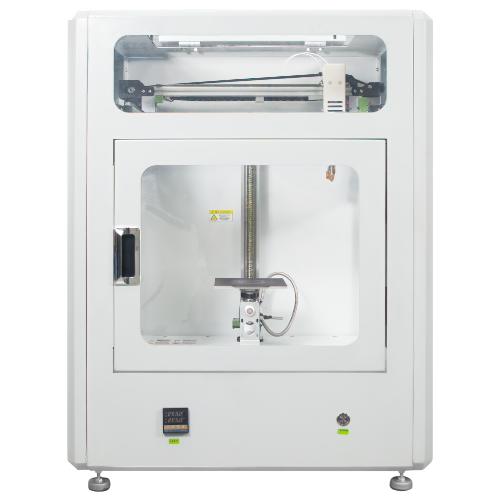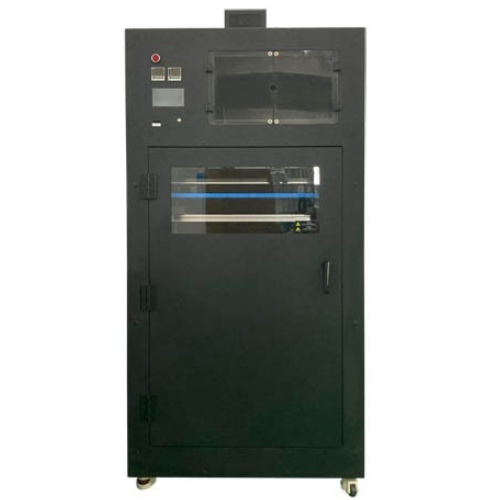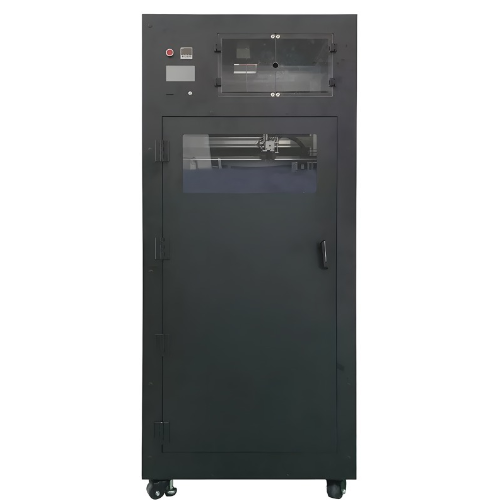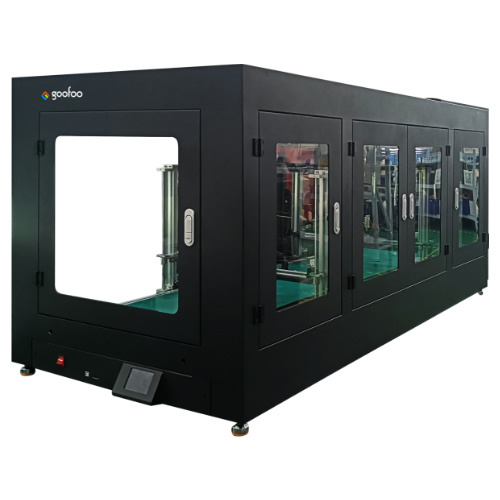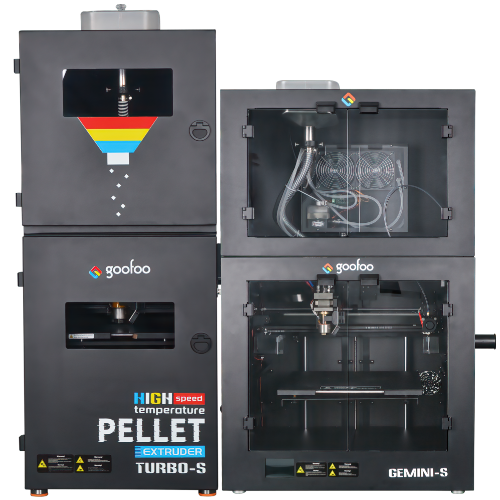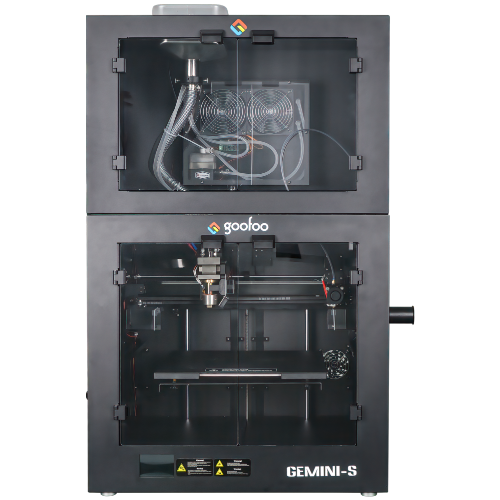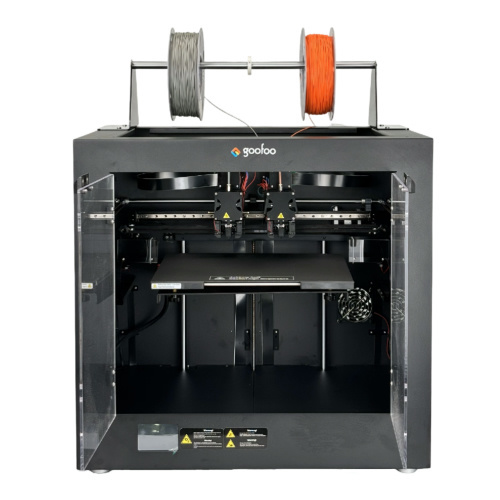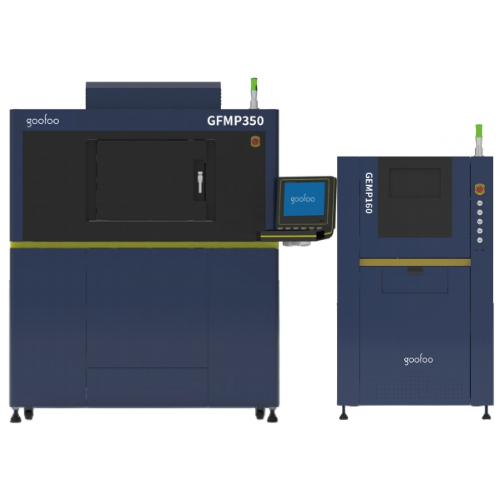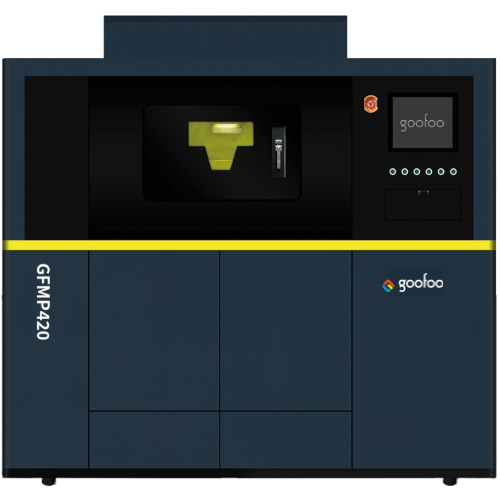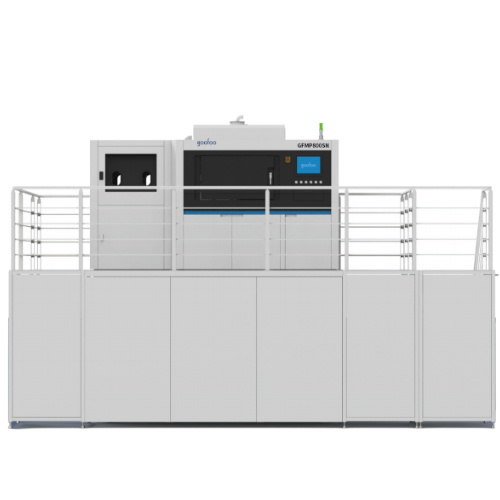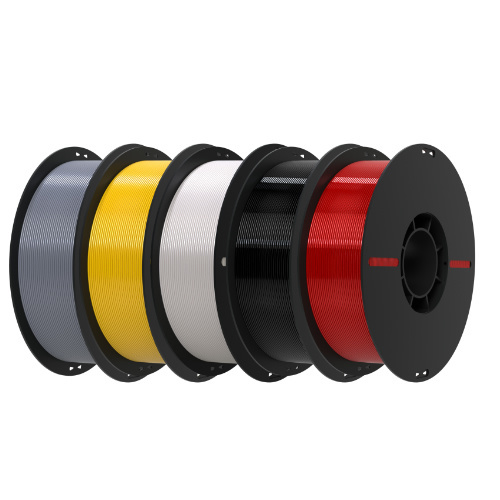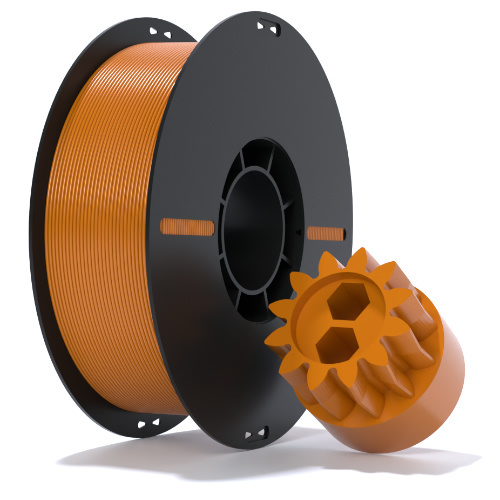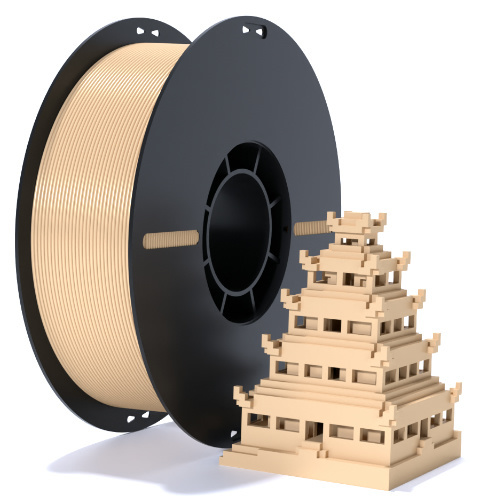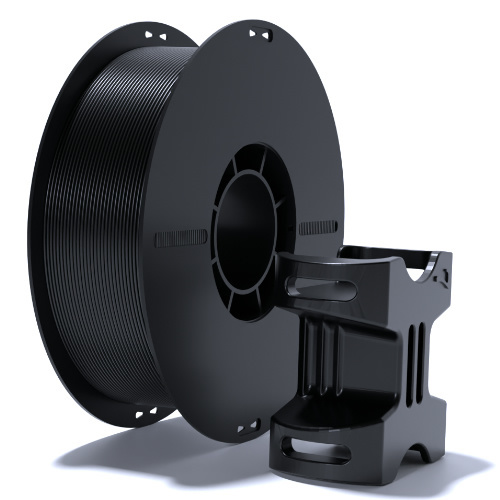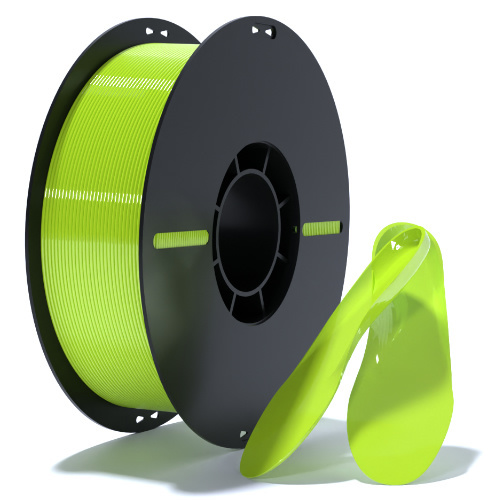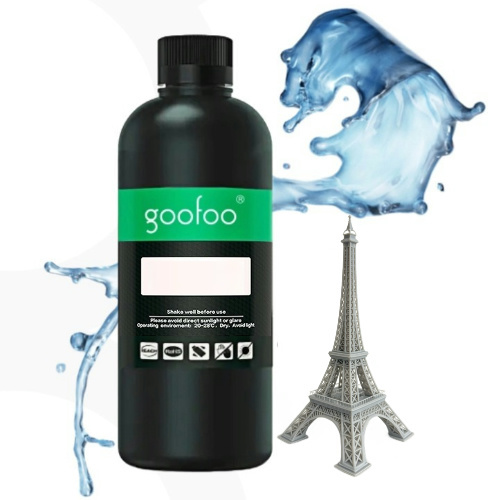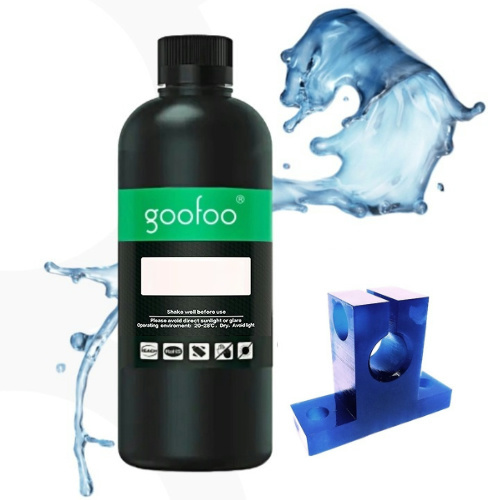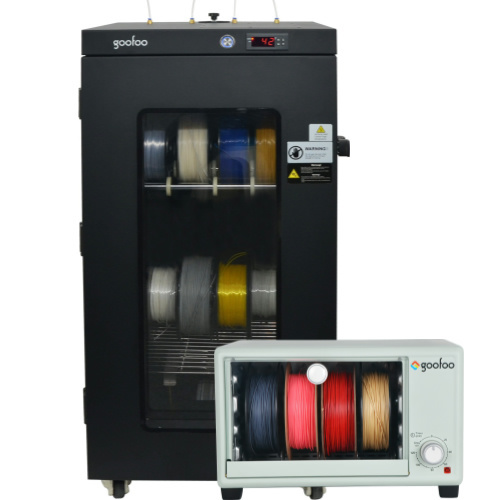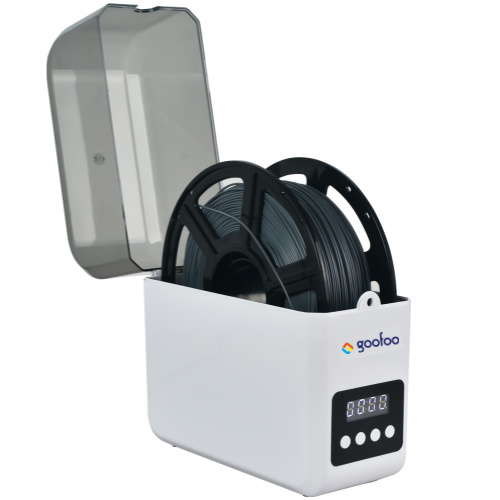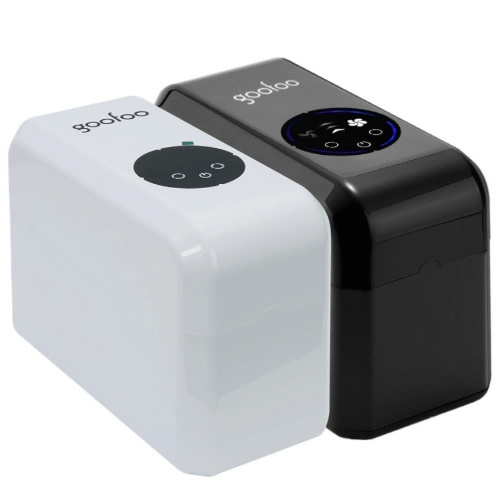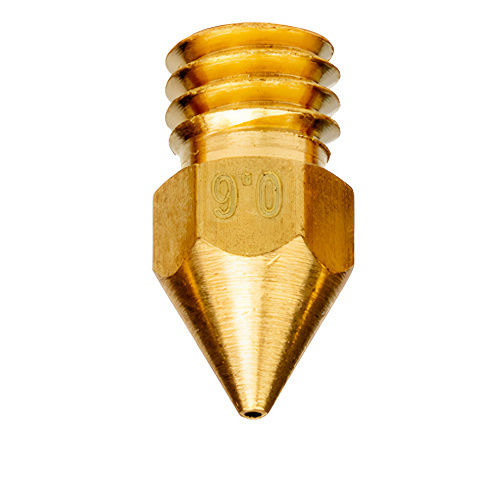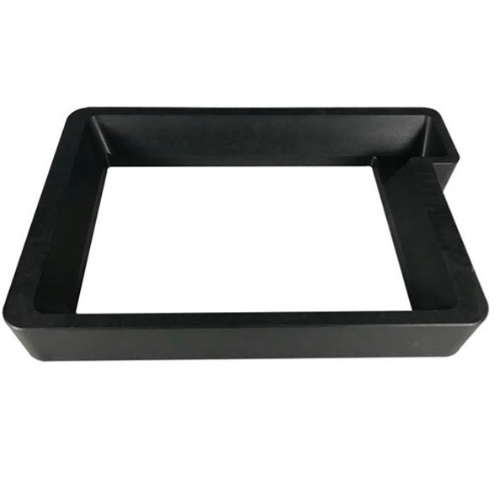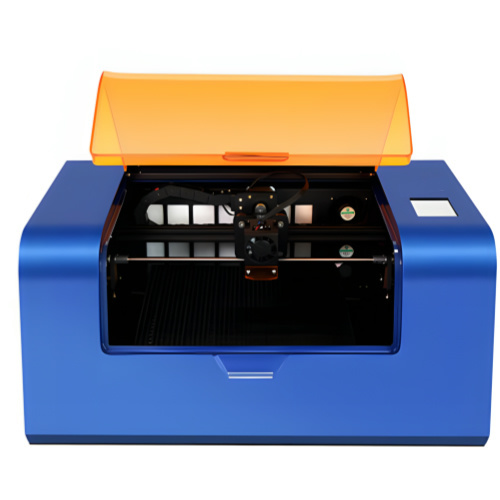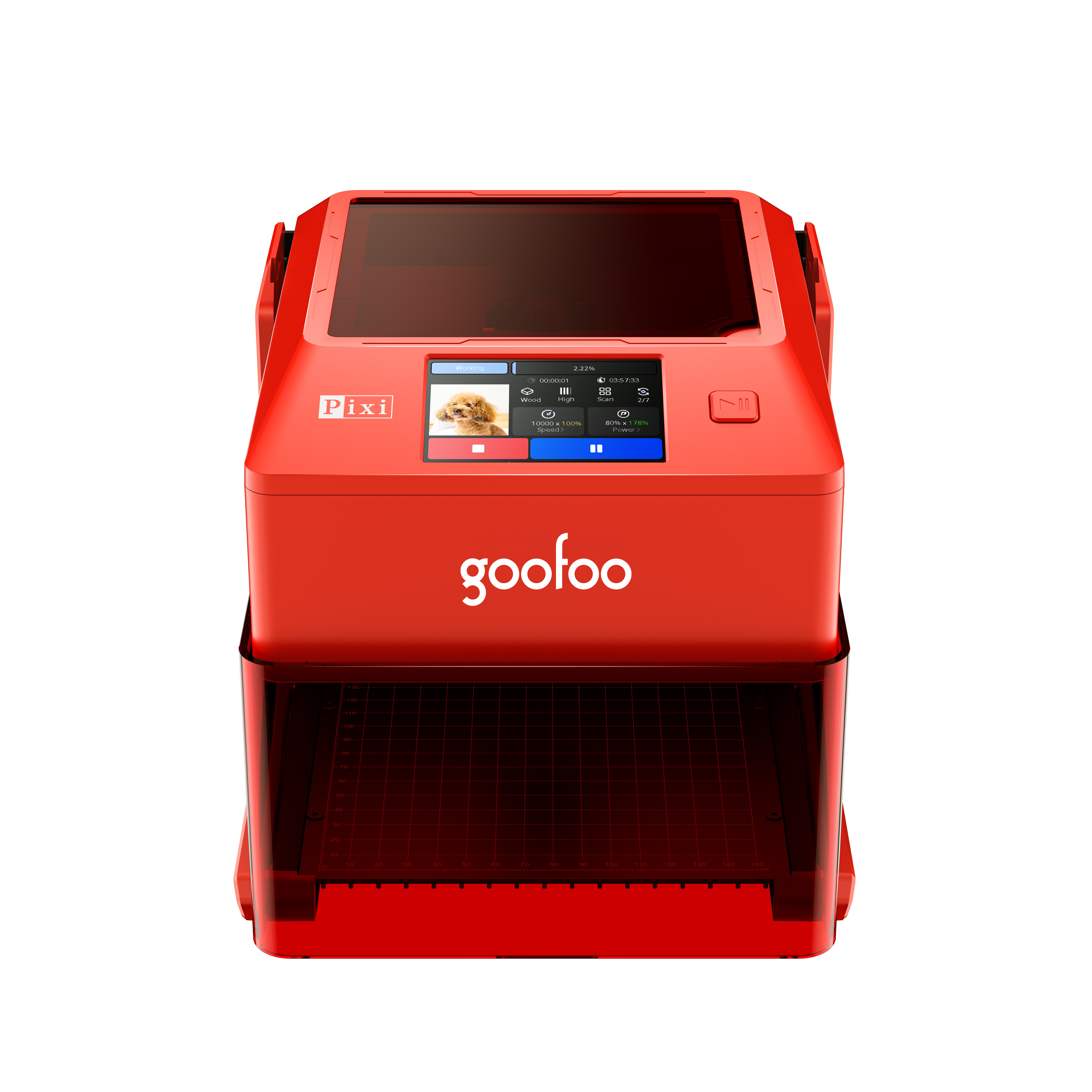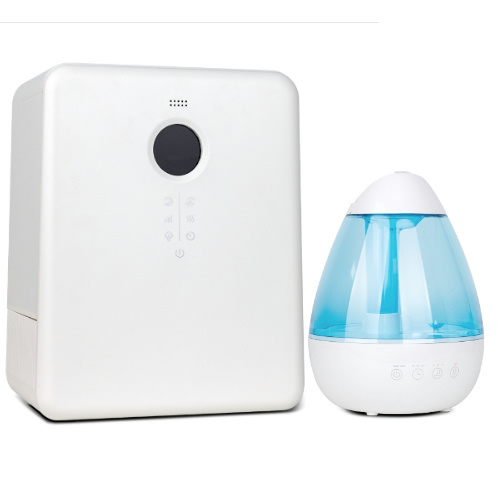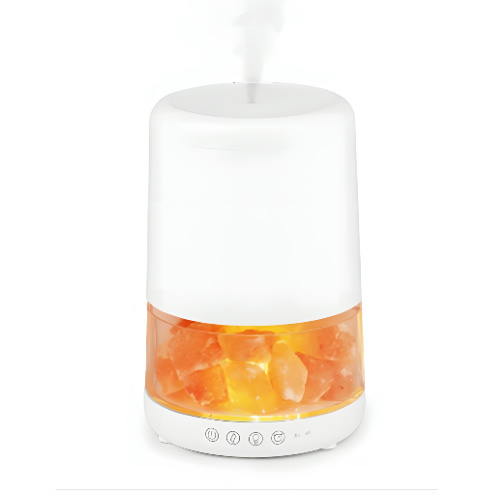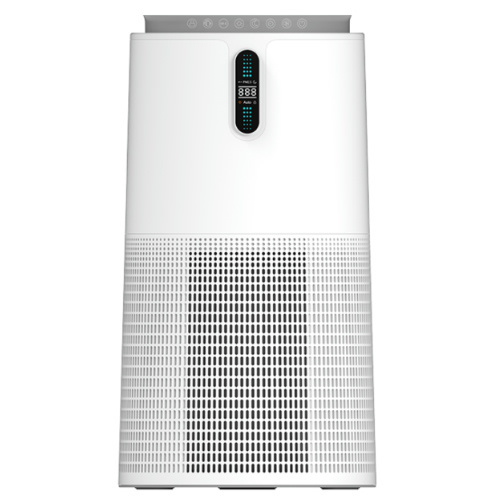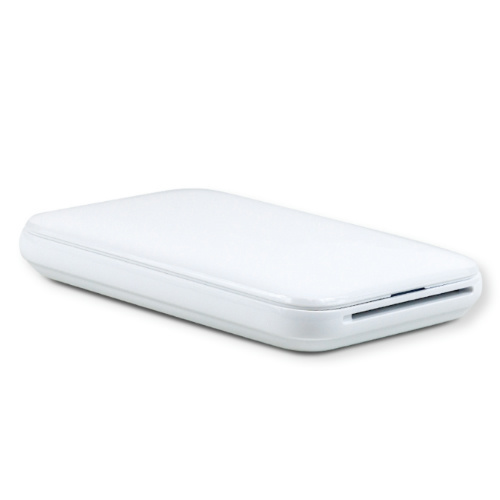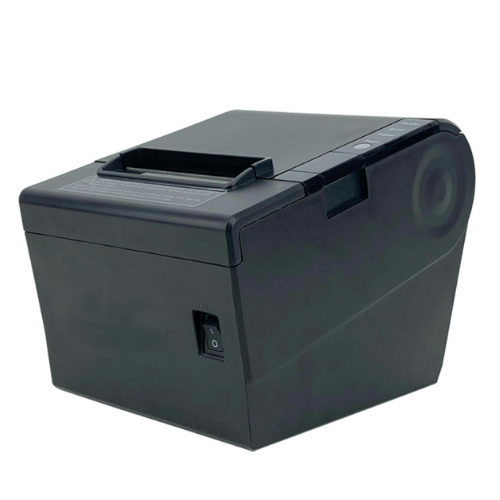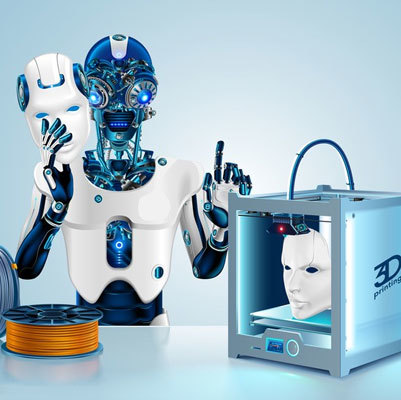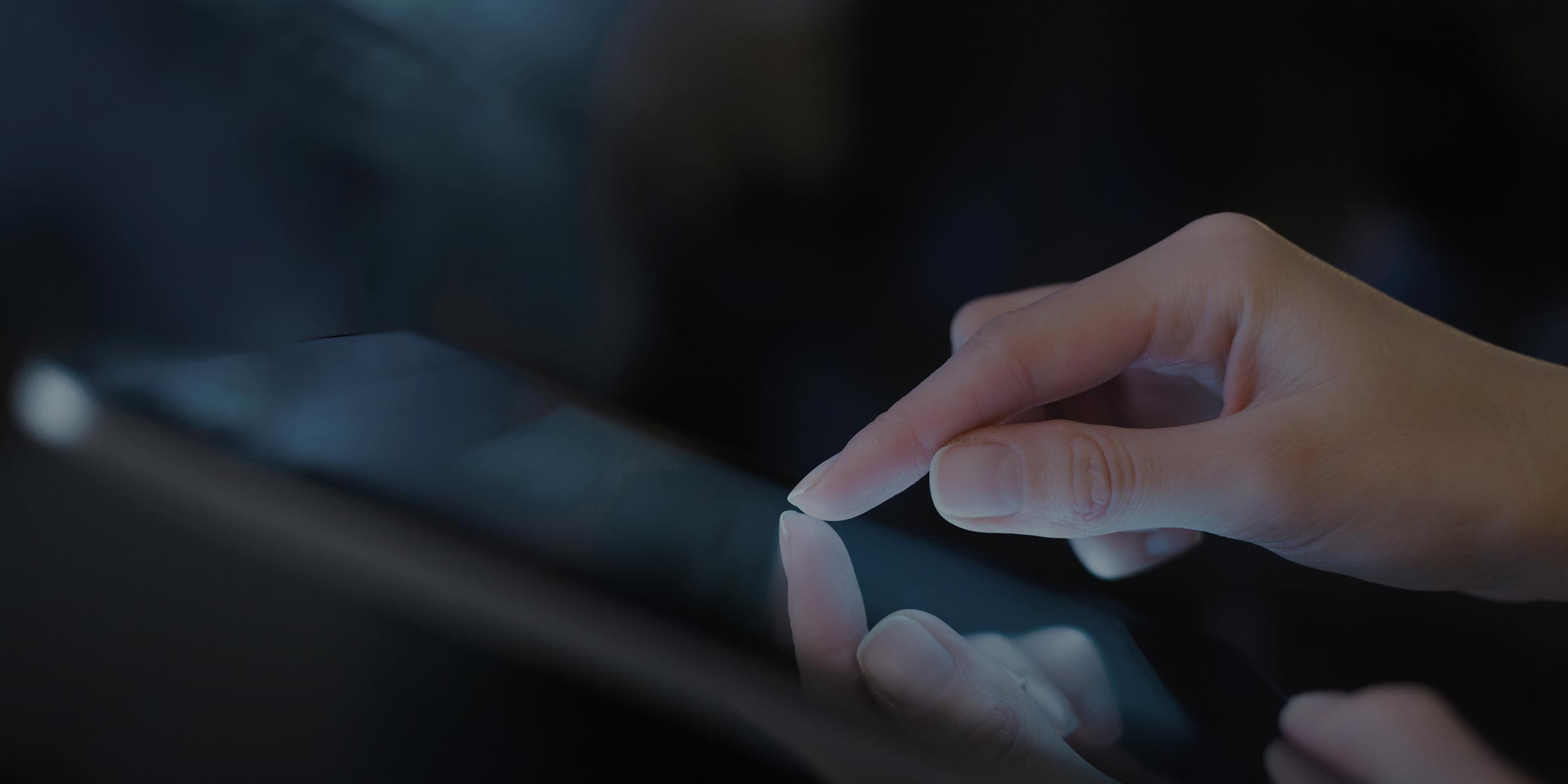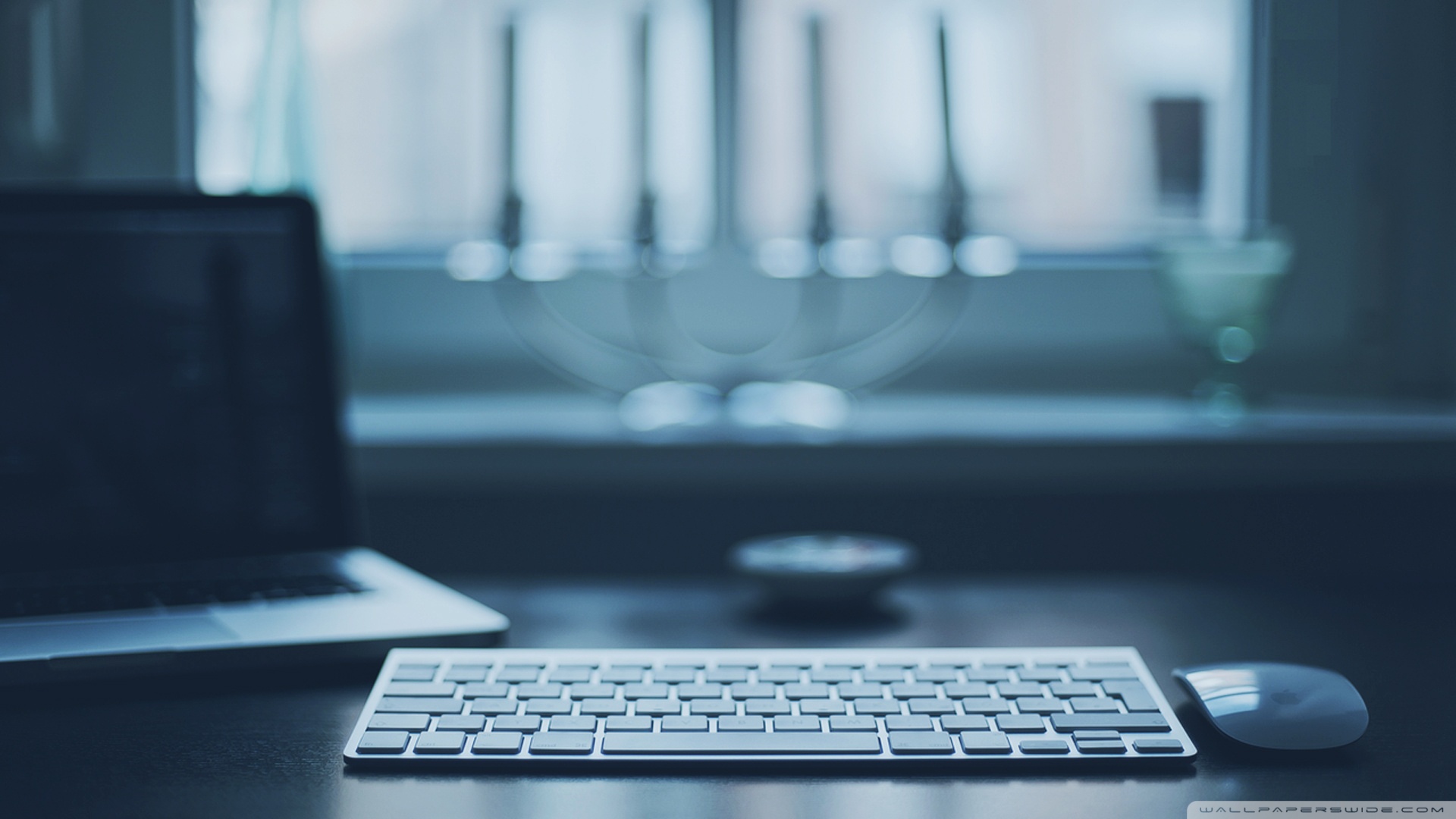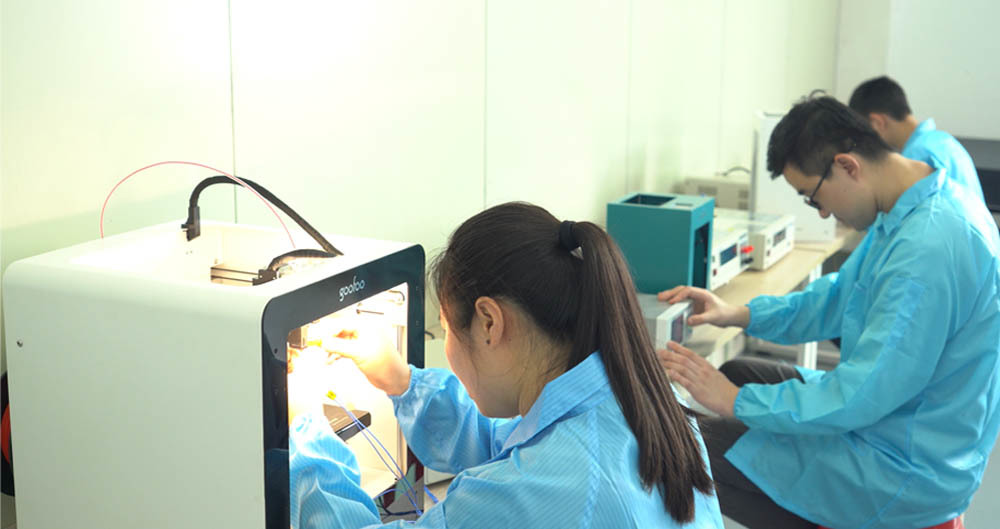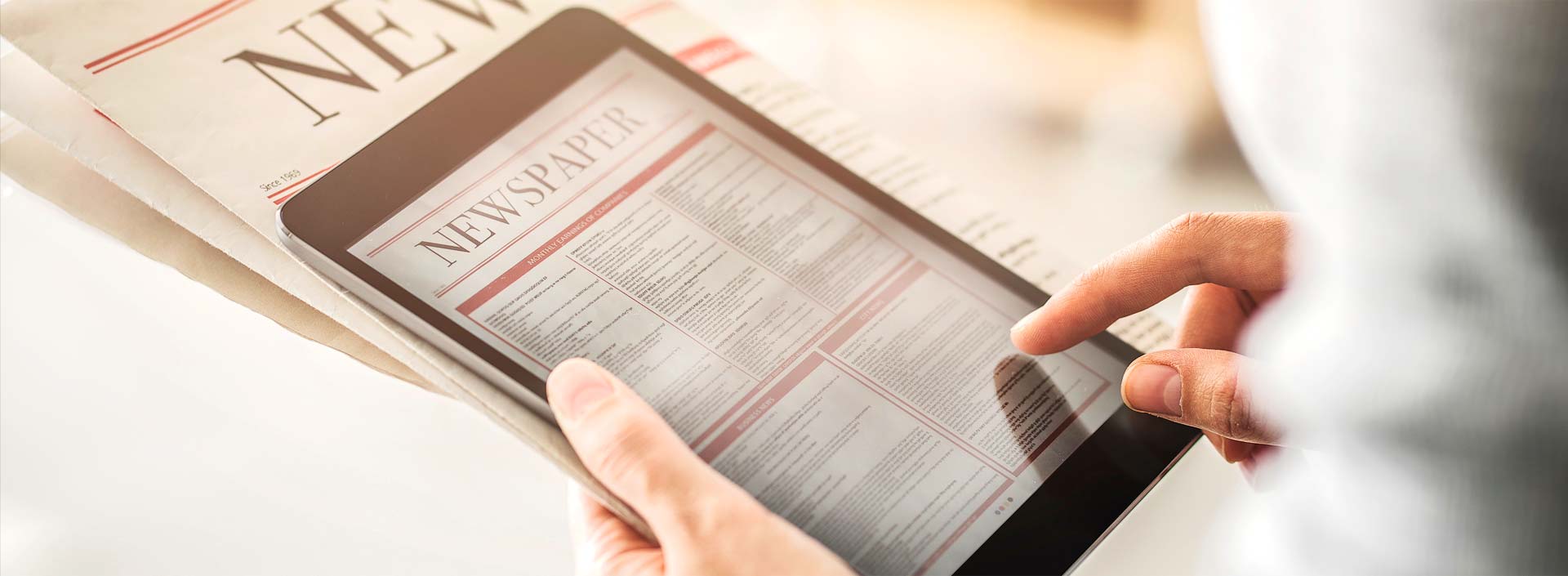All Categories
The Ultimate Tool for 3D Creations: Explore the Power of 3D Printer Pens
2025-06-13 12:20
The Ultimate Tool for 3D Creations: 3D Printer Pen
Table of Contents
- 1. Introduction to 3D Printer Pens
- 2. What is a 3D Printer Pen?
- 3. How Does a 3D Printer Pen Work?
- 4. Applications of 3D Printer Pens in Various Fields
- 5. The Benefits of Using 3D Printer Pens
- 6. How to Choose the Right 3D Printer Pen
- 7. Tips for Mastering Your 3D Printer Pen Skills
- 8. Common FAQs About 3D Printer Pens
- 9. Conclusion
1. Introduction to 3D Printer Pens
In recent years, **3D printing** has created a significant impact across various industries, providing designers, artists, and engineers the ability to turn digital concepts into tangible objects. Among these innovations, **3D printer pens** have emerged as a unique tool that allows for **hands-on creativity** and **spontaneous design**. These pens offer users the ability to draw in three dimensions, providing endless opportunities for artistic expression and practical applications.
2. What is a 3D Printer Pen?
A **3D printer pen** is a handheld device that extrudes heated plastic filament, which solidifies quickly to allow users to create three-dimensional objects by drawing in the air or on a surface. Unlike traditional 3D printers, which require a complex setup and software, **3D printer pens** offer immediate gratification and a more intuitive approach to 3D design.
These pens come in various shapes and sizes, featuring different nozzle types, temperature settings, and filament compatibility. Generally, they are designed for ease of use, making them accessible for both beginners and experienced creators alike.
3. How Does a 3D Printer Pen Work?
Understanding how a **3D printer pen** works is crucial for maximizing its potential. Here’s a breakdown of the essential components and the working process:
3.1 Main Components
- **Filament:** The material used to create 3D objects, usually made of PLA or ABS plastic.
- **Heating Element:** Heats the filament to a temperature where it becomes malleable.
- **Nozzle:** Extrudes the melted filament through a small opening.
- **Control Interface:** Allows the user to adjust temperature settings, speed, and other functionalities.
3.2 The Working Process
The user loads the filament into the pen, which is then heated by the heating element. Once the filament reaches the desired temperature, the user can press a button to extrude the melted material through the nozzle. As the filament is drawn, it cools rapidly and solidifies, allowing users to build structures layer by layer. This process can be used to create intricate designs, sculptures, and even functional objects.
4. Applications of 3D Printer Pens in Various Fields
**3D printer pens** have found applications across an array of fields, demonstrating their versatility and effectiveness. Here are some notable uses:
4.1 Art and Design
Artists use **3D printer pens** to create sculptures, jewelry, and mixed-media art. The ability to work in three dimensions makes it easier for artists to express their ideas and bring them to life.
4.2 Education
In educational settings, **3D printer pens** are utilized to teach students about geometry, engineering, and design. They provide a hands-on learning experience that encourages creativity and problem-solving skills.
4.3 Prototyping
Designers and engineers use **3D printer pens** for rapid prototyping, allowing them to visualize and iterate their designs quickly. This speeds up the development process and enhances the creativity involved in product design.
4.4 Repairs and Modifications
Individuals can use **3D printer pens** to fix broken items or modify existing products. The ability to add material directly to a surface allows for quick repairs without needing to replace entire parts.
5. The Benefits of Using 3D Printer Pens
Incorporating **3D printer pens** into your creative toolkit offers numerous benefits:
5.1 Enhanced Creativity
The freedom to draw in three dimensions encourages a more expressive and imaginative approach to design. Users can experiment with shapes and forms that traditional methods may not allow.
5.2 Portability
Unlike large 3D printers, **3D printer pens** are compact and can be used anywhere, making them ideal for artists on the go. You can easily take them to workshops, classrooms, or exhibitions.
5.3 Affordability
**3D printer pens** are generally more affordable than traditional 3D printers, making them accessible to a wider audience. This affordability enables more people to explore the world of 3D design.
5.4 Immediate Results
With **3D printer pens**, users can see their creations come to life almost instantly. This immediacy can be incredibly satisfying and motivating for individuals looking to explore their creativity.
6. How to Choose the Right 3D Printer Pen
Selecting the right **3D printer pen** can be a daunting task given the variety available on the market. Here are some essential factors to consider:
6.1 Filament Compatibility
Make sure the pen supports the type of filament you intend to use (e.g., PLA, ABS, or specialty filaments). Some pens are more versatile than others.
6.2 Temperature Control
Look for pens that allow you to adjust the temperature settings according to the filament you are using. This feature helps prevent clogging and ensures better results.
6.3 Ergonomics
An ergonomic design is important for comfort, especially during extended use. Ensure the pen feels good in your hand and allows for easy maneuverability.
6.4 Speed Settings
Speed settings can significantly affect your drawing experience. Look for pens that offer adjustable speed to accommodate different drawing styles.
7. Tips for Mastering Your 3D Printer Pen Skills
To get the most out of your **3D printer pen**, consider the following tips:
7.1 Practice Basic Shapes
Start with simple shapes to build your confidence and develop your skills. Gradually progress to more complex designs as you become comfortable with the pen's capabilities.
7.2 Use a Stencil
Using stencils can help you create precise and detailed designs. You can either purchase stencils or create your own to suit your artistic vision.
7.3 Experiment with Techniques
Feel free to explore different techniques such as layering, shading, and combining colors. Experimentation is key to discovering your unique style.
7.4 Keep the Nozzle Clean
Regularly clean the nozzle to prevent clogs and ensure a smooth flow of filament. This will help maintain the quality of your work.
8. Common FAQs About 3D Printer Pens
8.1 What materials can I use with a 3D printer pen?
Most **3D printer pens** are compatible with PLA and ABS filaments, but some can also work with specialty filaments like flexible or glow-in-the-dark options.
8.2 Are 3D printer pens safe for children?
While many **3D printer pens** are designed for safe use, they can still get hot. Supervision is recommended for younger users to ensure safe handling.
8.3 Can I use a 3D printer pen for functional objects?
Yes, **3D printer pens** can be used to create functional items, including tools and repairs, but the durability will depend on the design and materials used.
8.4 How do I maintain my 3D printer pen?
Regular cleaning of the nozzle, proper storage, and using compatible filament will help maintain your pen's performance and longevity.
8.5 Where can I find inspiration for my 3D pen projects?
Online platforms, social media groups, and community forums dedicated to 3D printing are excellent sources for project ideas and inspiration.
9. Conclusion
In summary, **3D printer pens** represent a remarkable fusion of technology and creativity, enabling users to explore their artistic potential in a hands-on manner. With their versatility, portability, and unique capabilities, these tools cater to a diverse audience ranging from hobbyists to professionals. By understanding their functionalities and applications, and by following best practices for usage, users can fully realize the transformative power of 3D printing in their creative endeavors. Whether you are looking to create art, prototype designs, or engage in educational projects, **3D printer pens** are undoubtedly an ultimate tool for 3D creations that can unlock your imagination and lead to extraordinary outcomes.
3d printer pen
Recommended News
language
English
العربية
বাংলাদেশ
Български
Hrvatski
Česky
Dansk
Nederland
 Esperanto
Esperanto
Slovenski
Filipino
Suomi
Français
Maori
 Shqiptare
Shqiptare
Georgian
 Euskara
Euskara
Deutsch
Ελλάδα
ישראל
इंडिया
Magyarország
Ísland
Indonesia
Irlanda
Italia
日本語
Sovensko
Հայաստան
한국
Kyrgyz
ປະເທດລາວ
 Zulu
Zulu
Latvian
Lithuanian
Luxembourgish
 Latinus
Latinus
Macedonian
Малайская
Maltese
Монгол улс
 Cymraeg
Cymraeg
ဗမာ
 தமிழ்
தமிழ்
नेपाल
Norge
ایران
Polska
Portugal
România
Российская
Србија
 Slovak
Slovak
Србија
 Slovak
Slovak
Bosanski
Slovenian
Беларус
España
Sverige
Точик
ประเทศไทย
Türk
Azərbaycan
Uzbek
 Afrikaans
Afrikaans
Việt Nam
Skype / WhatsApp: +86 592-5713513 / +86-13860126490
No.88-3, North Tongji Road, Xike County, Tong'an District, Xiamen, Fujian China
Xiamen Goofoo Technology Co., Ltd. All Rights Reserved 闽ICP备2022008070号-1 SEO 300.cn
Phone:+0086 592-5713513
Address: No.88-3, North Tongji Road, Xike County, Tong’an District, Xiamen, Fujian China
Email: sales@goofoo3d.com
We will give you feedback in time

